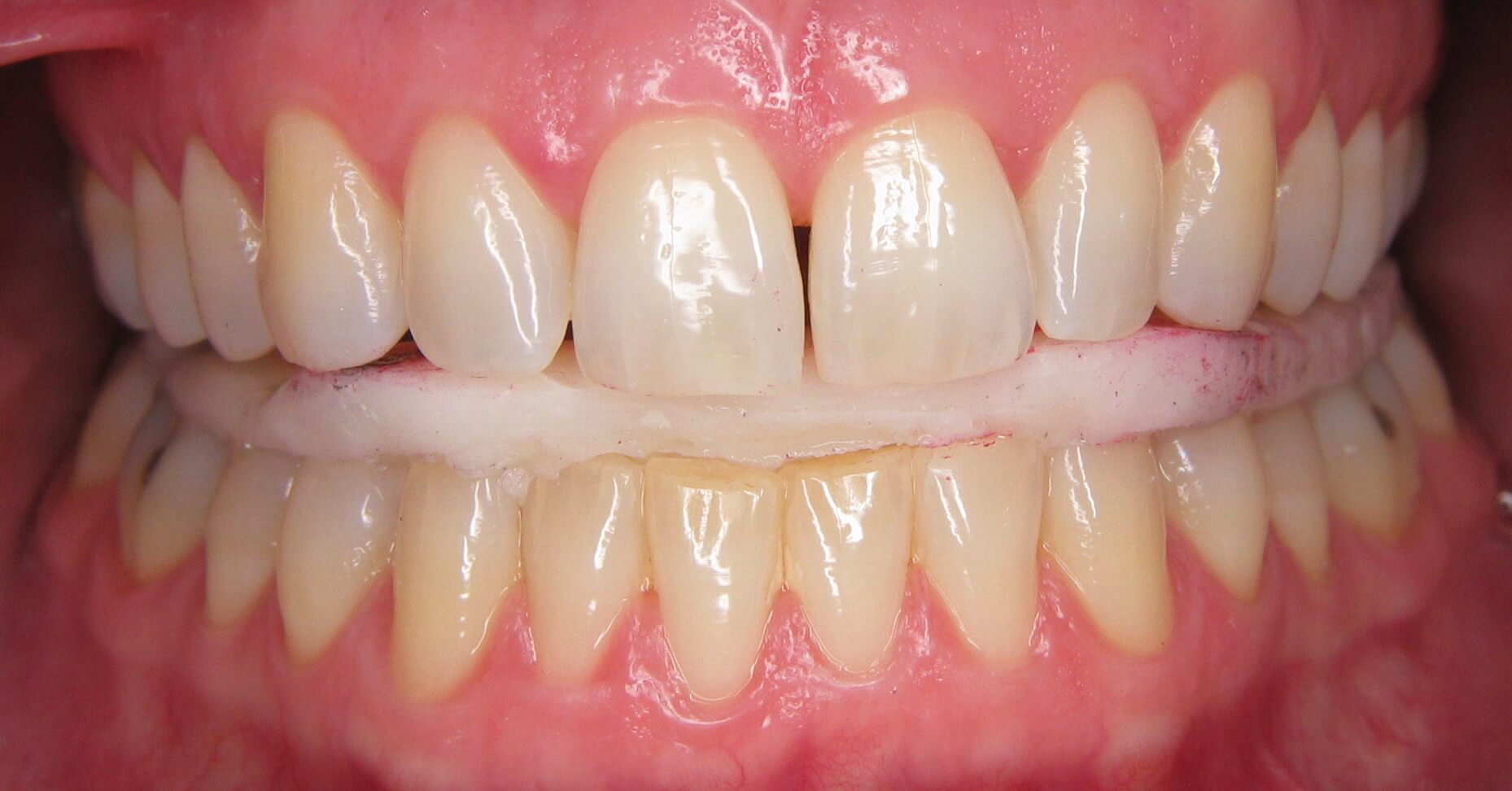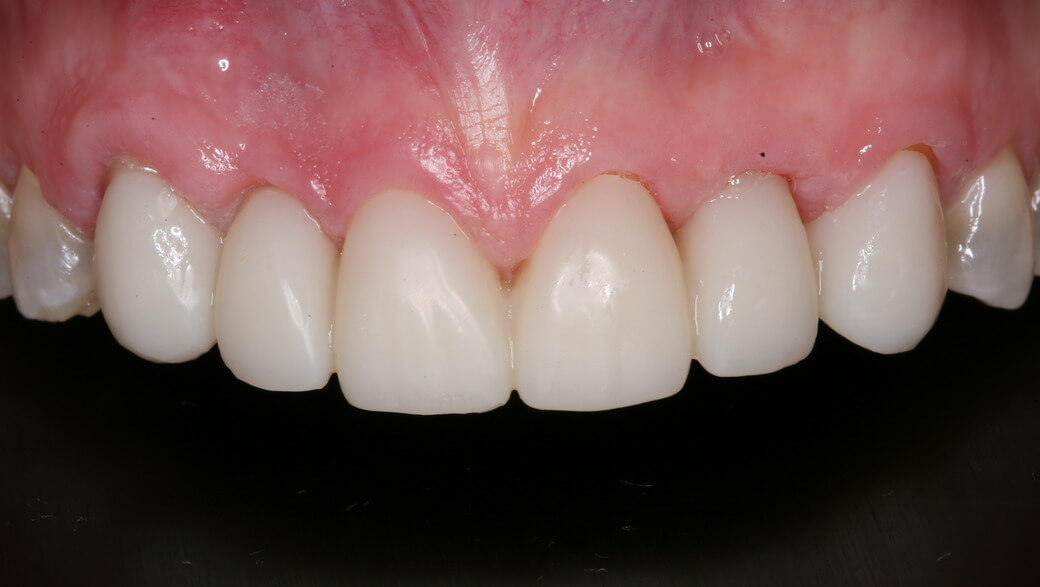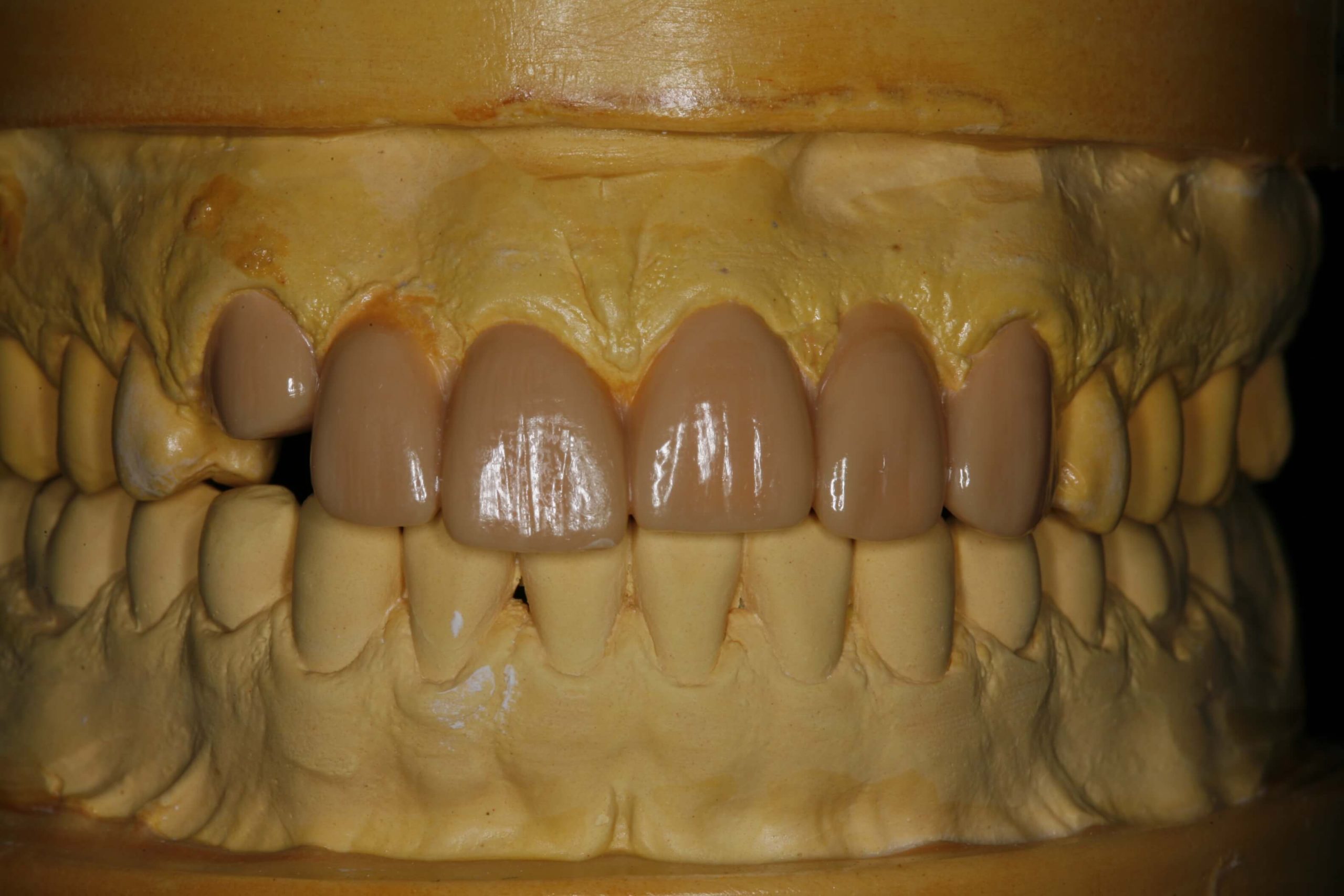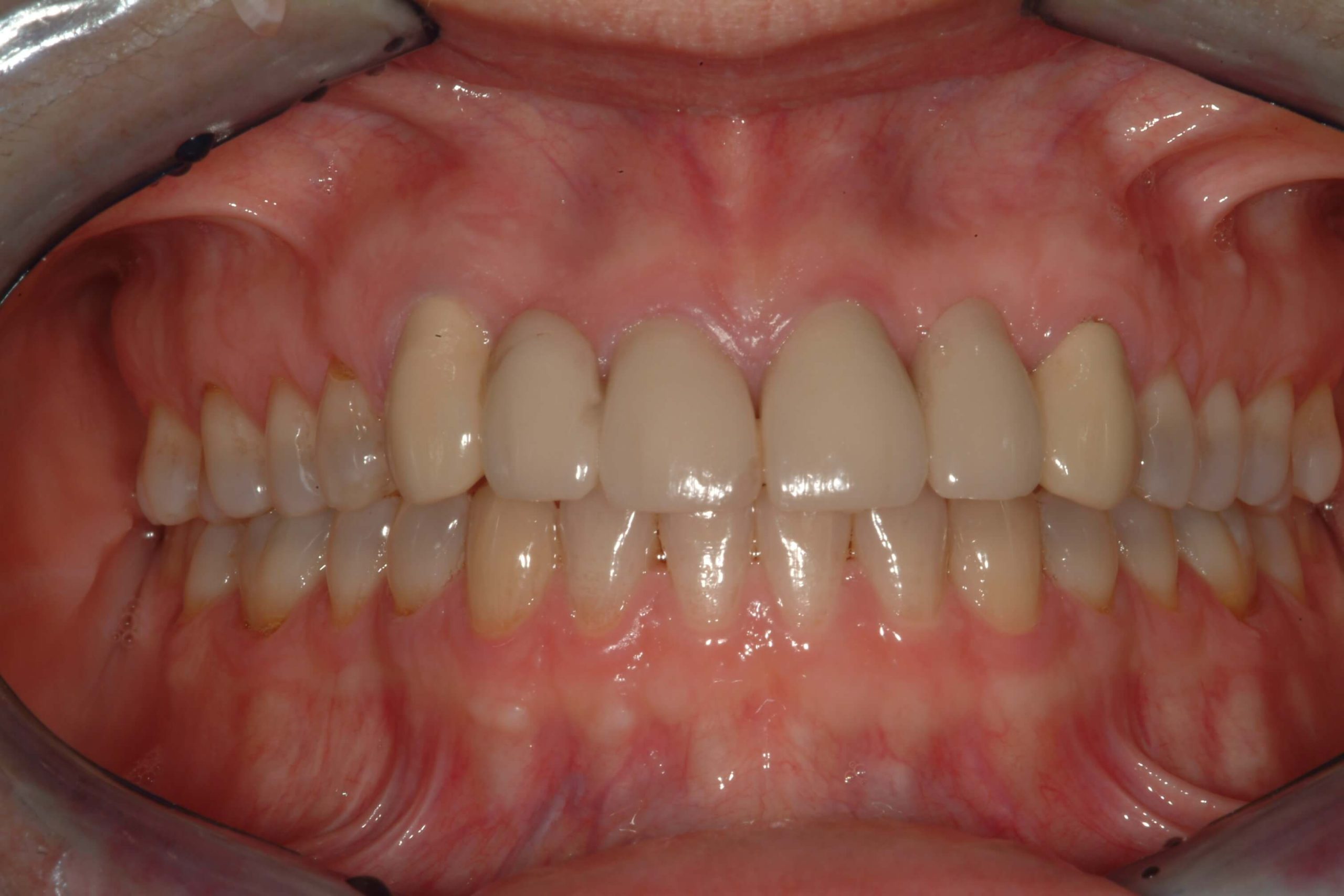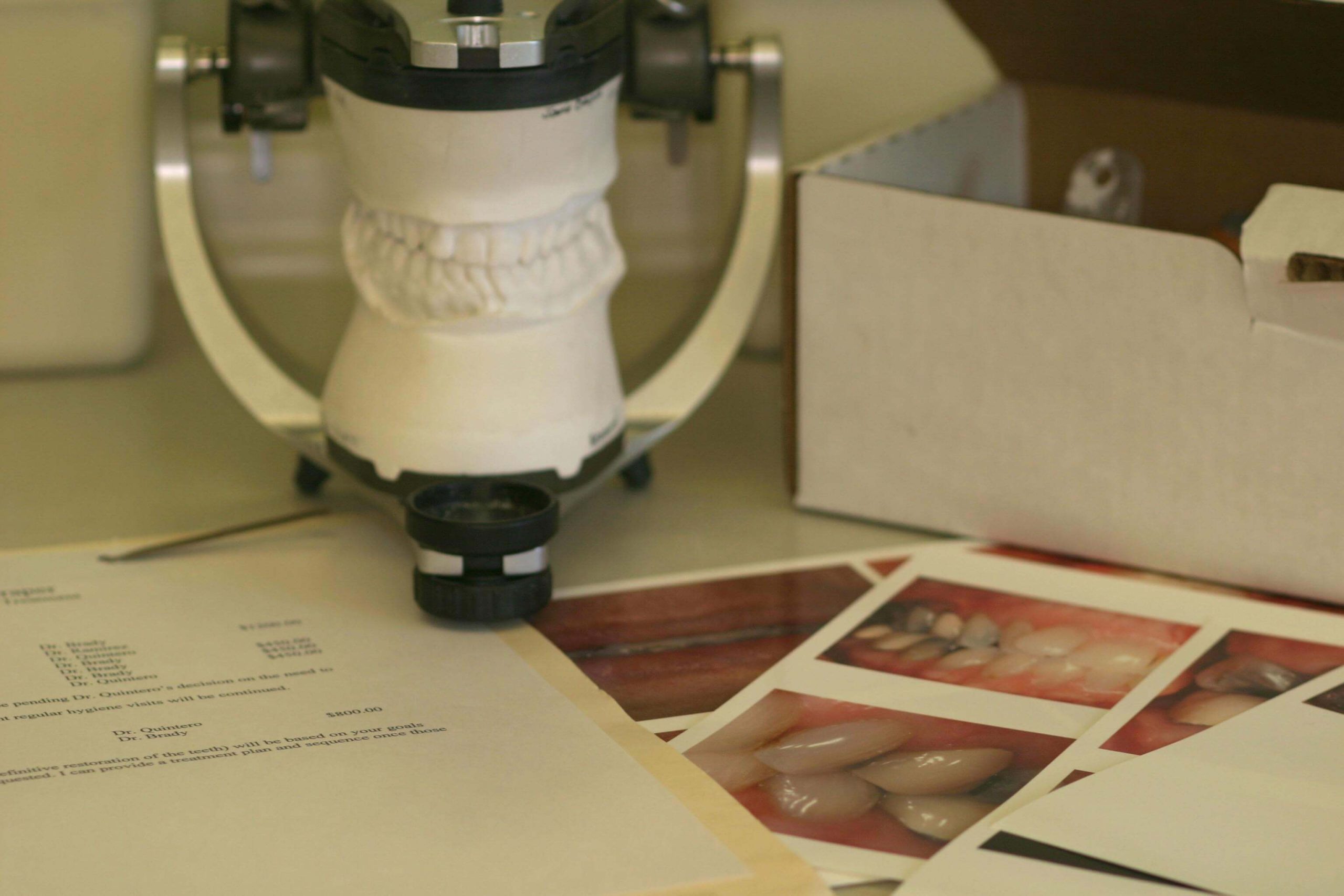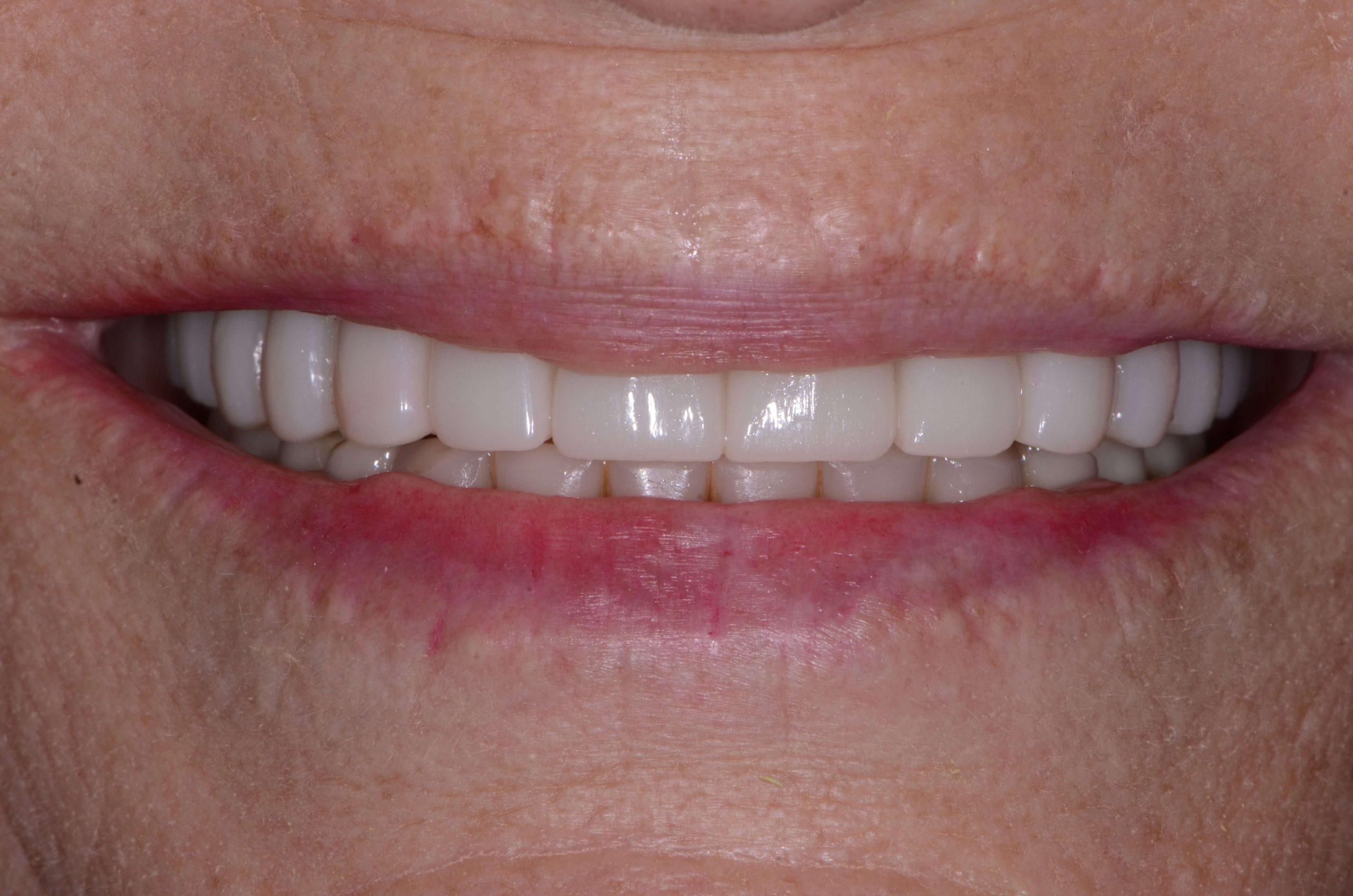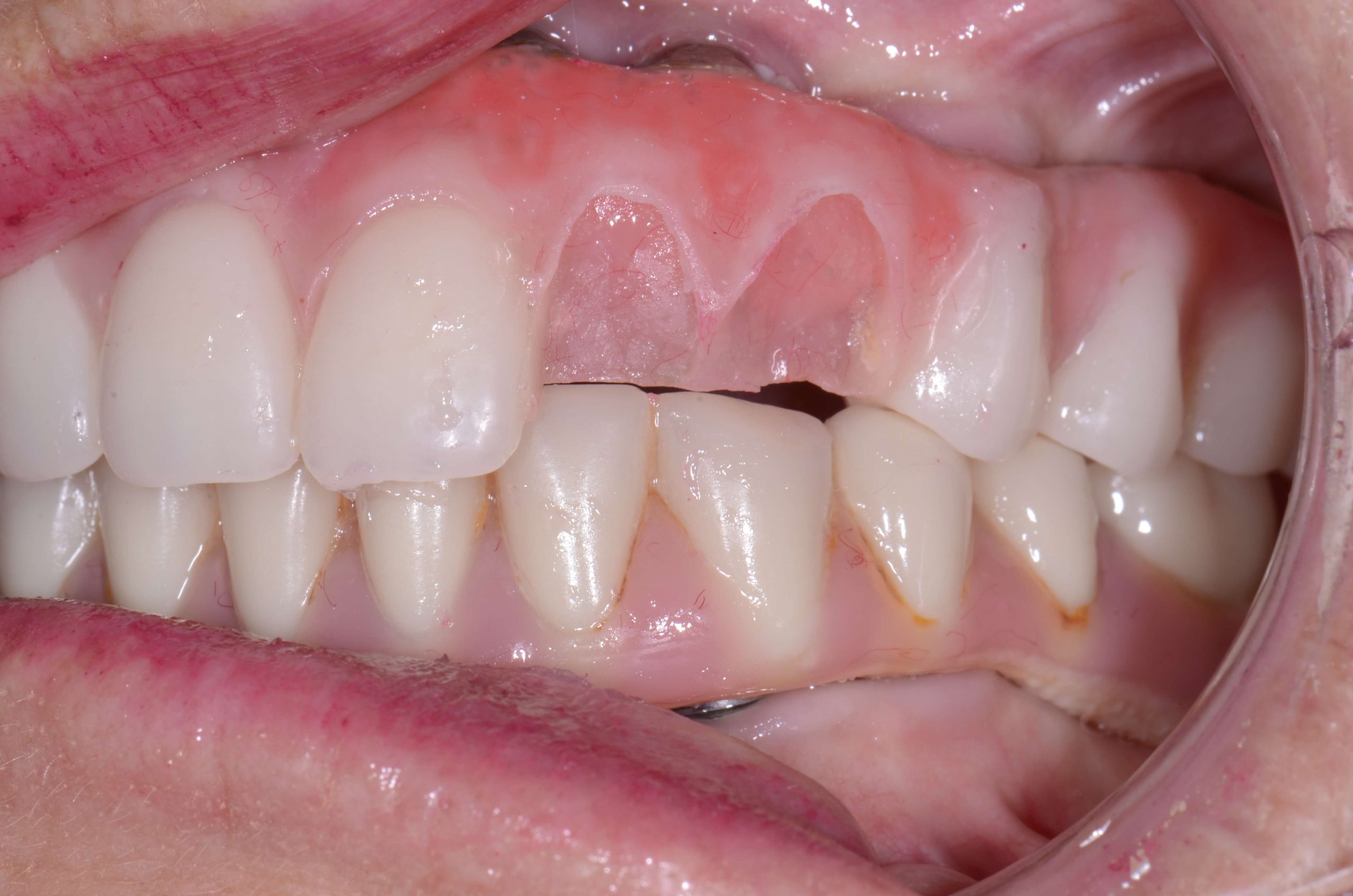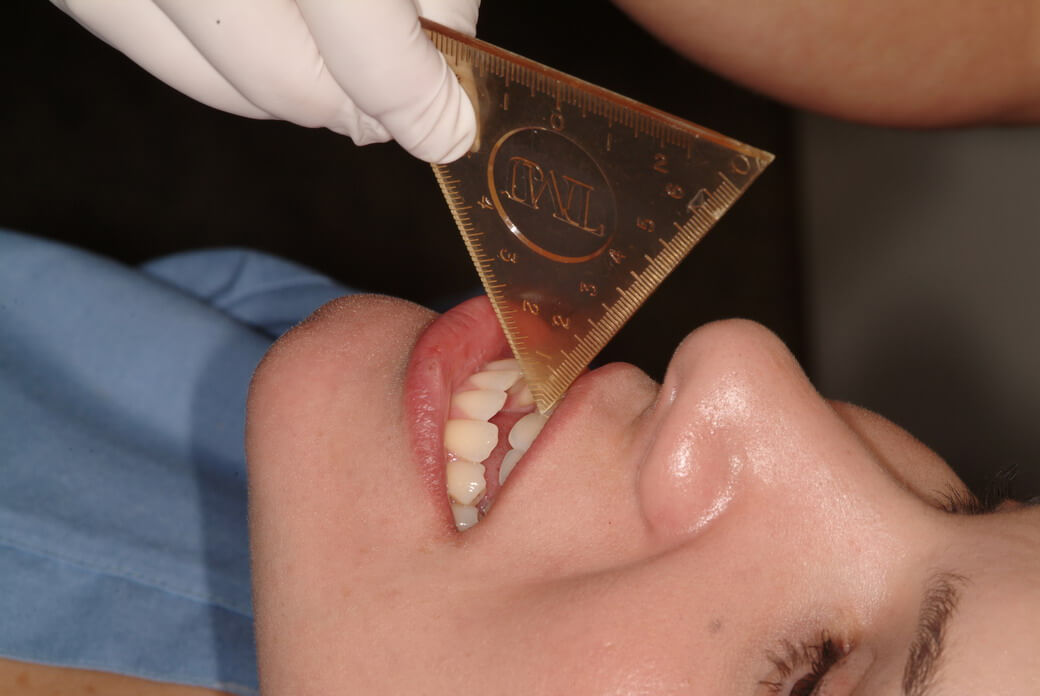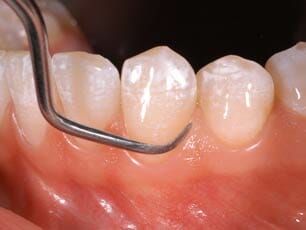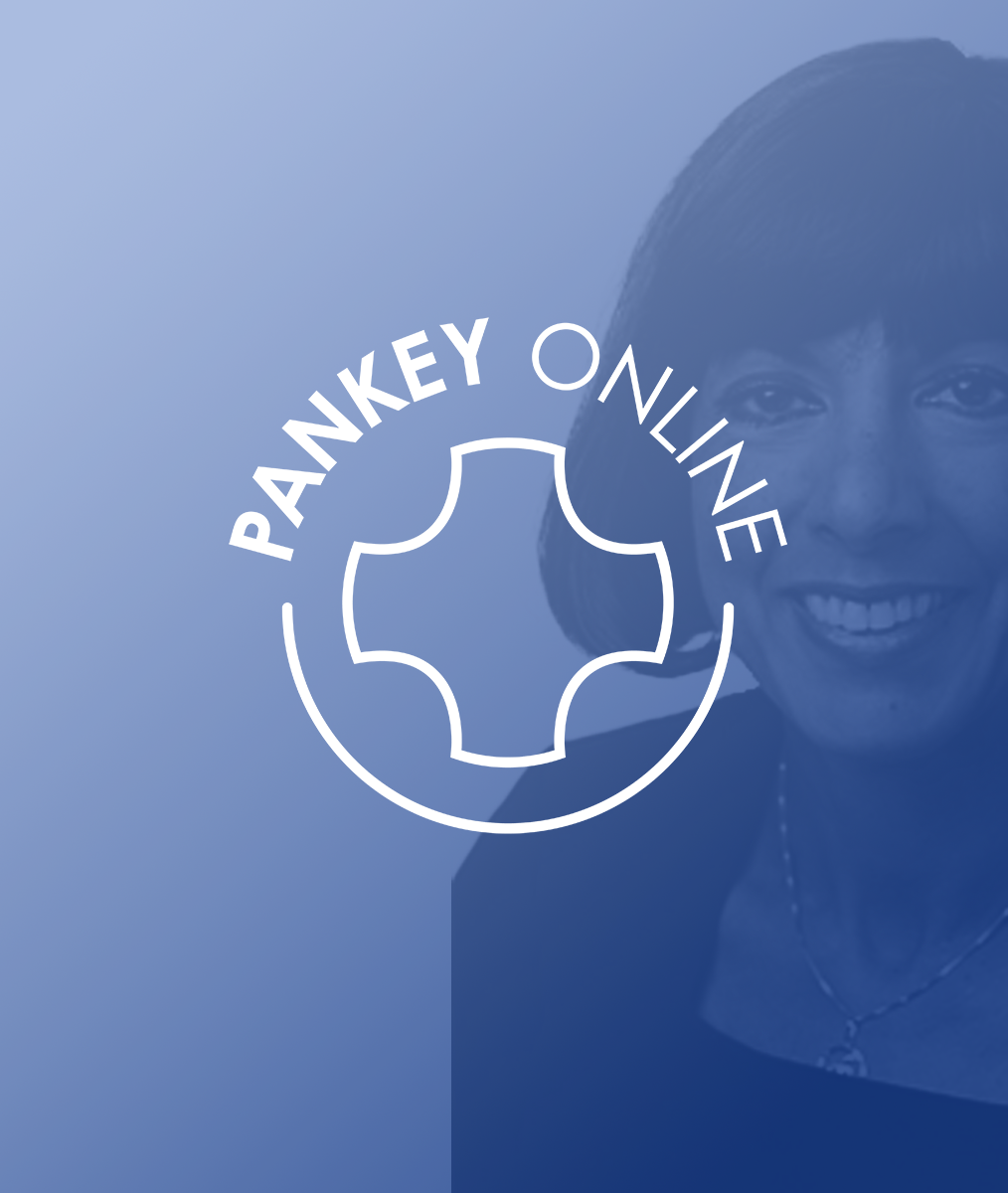Splint Therapy: Time Is on Our Side Part 2
Early in my career, I became frustrated with splint therapy. In the clinical area it was working. In theory, it made sense to me that I should be able to take the appliance back through well-articulated CR casts and ultimately to my patient’s mouth.
Turned out, patients treated with splints were not beating down my door for definitive dentistry. Like Mick Jagger, I Couldn’t Get No Satisfaction. A decade later, I have experienced something magical happening and am singing a new Rolling Stones song in my head, Time is On My Side. (Yes it is!)
Time and Splint Therapy
Perhaps I was not waiting on my patients or more than likely they were waiting on me. I have hundreds of splints on unrestored patients that visit me a couple of times a year. They bring along the plastic to have it ultrasonically cleaned, sometimes tweaked, sometimes repaired.
There was a time when I believed the transition to treatment was a given once the appliance was well-adjusted on a patient willing to trust me with their investment in therapy. (I mean geez, that happens every time for the folks who taught me how to make one, right?) The presentation of the next phase was a conversation that probably sounded a whole lot like a sales pitch and generally fell flat on its face.
Time is on our side. I’ve grown to realize the virtue of patience and listening. Specifically, I listen for compliments, appreciation of the appliance, and sometimes simply a statement of dependency on the plastic. Sometimes this takes years. This is the time to ask, “Would you like to discuss dentistry that can make your teeth feel this way?” Sometimes they outright ask me.
Time is on our side. Appliance therapy is a seed. Our caring attention is a well-nurtured garden. Patients will bloom when they are ready.
Related Course
E2: Occlusal Appliances & Equilibration
DATE: May 3 2026 @ 8:00 am - May 7 2026 @ 2:30 pmLocation: The Pankey Institute
CE HOURS: 44
Dentist Tuition: $ 7500
Single Occupancy with Ensuite Private Bath (per night): $ 355
What if you had one tool that increased comprehensive case acceptance, managed patients with moderate to high functional risk, verified centric relation and treated signs and symptoms of TMD? Appliance…
Learn More>
